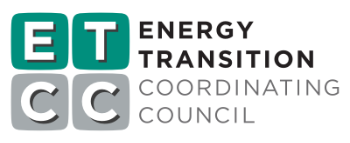Project Info
COMPLETE
 Project Title
Project Title
 Project Title
Project Title
Water Use Management for Evaporative Cooling Technologies
Project Number ET15SCE1310 Organization SCE End-use HVAC Sector Commercial Project Year(s) 2015 - 2018Description
Evaluate potential water sources, including stored rainwater, for use with evaporative condensers. Systematically test influential water quality parameters (calcium, magnesium, alkalinity, pH, and hardness) on the formation of scale in bench-scale evaporative condensers. Construct and test a model to determine an optimized bleed rate to minimize scale creation based on water source and its composition. Complete a bench-scale test using rainwater in an evaporative condenser to evaluate bacterial growth and corrosion.
Project Report Document
Loading PDF Preview...
